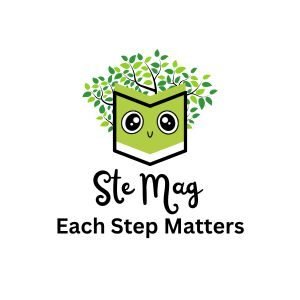Mastering The Past Future Tense: Rules, Examples, and Practice Questions
Definition
The Past Future Tense is a verb tense used to express actions that were intended or predicted to happen in the past but have not necessarily occurred. It combines aspects of both the past and the future, often using modal verbs like “would” and “could.”
Uses
- Expressing Future in the Past:
When talking about an action that was supposed to occur after a certain point in the past.
Examples:
- She said she would call me later. (This sentence shows that “calling” was expected to happen after “she said.)
- He thought he would finish the project by Friday. (This shows that finishing the project was expected after “he thought.)
- They mentioned they would move to a new house the next month. (This indicates that moving was expected after “they mentioned.)
- Polite Requests or Offers:
Used to make requests or offers more polite.
Examples:
- I thought you would like some coffee. (Here, the speaker politely offers coffee, considering the listener’s preference.)
- She wondered if he would join them for dinner. (This sentence shows a polite invitation to dinner.)
- They hoped you would accept their invitation. (This indicates a polite request for acceptance.)
- Hypothetical Situations
Describes what could have happened in hypothetical or unreal situations.
Examples:
- If he had studied, he would have passed the exam. (This sentence explains a hypothetical scenario where studying would lead to passing the exam.)
- If they had known, they would have come earlier. (This indicates a hypothetical situation where knowing would lead to arriving earlier.)
- If I were you, I would take the opportunity. (This shows a hypothetical suggestion based on a different scenario.)
The grammatical pattern for the Past Future Tense is:
- Subject + would/could + base form of the verb
Positive:
- Subject + would/could + base form of the verb.
- Example: “She would visit her grandparents every summer.”
- Example: “He could help if he had more time.”
Negative:
- Subject + would not/could not + base form of the verb.
- Example: “She would not visit her grandparents every summer.”
- Example: “He could not help if he did not have more time.”
Interrogative:
- Would/Could + subject + base form of the verb?
- Example: “Would she visit her grandparents every summer?”
- Example: “Could he help if he had more time?”
Pattern
The grammatical patterns for the Past Future Tense are:
Positive:
- Subject + would/could + base form of the verb.
- Example: “She would visit her grandparents every summer.”
- Example: “He could help if he had more time.”
Negative:
- Subject + would not/could not + base form of the verb.
- Example: “She would not visit her grandparents every summer.”
- Example: “He could not help if he did not have more time.”
Interrogative:
- Would/Could + subject + base form of the verb?
- Example: “Would she visit her grandparents every summer?”
- Example: “Could he help if he had more time?”
Time Signals
Common time signals used with the Past Future Tense include:
- Yesterday
- Last week
- Last month
- Last year
- At that time
- In those days
Common Mistakes and How to Avoid Them
- Using “will” instead of “would”:
- Incorrect: “She said she will call me.”
- Correct: “She said she would call me.”
- Tip: Remember that “would” is used for future actions from a past perspective.
- Forgetting the base form of the verb:
- Incorrect: “He said he would went.”
- Correct: “He said he would go.”
- Tip: Always use the base form of the verb after “would” or “could.”
- Mixing up tenses:
- Incorrect: “If I knew, I will tell you.”
- Correct: “If I knew, I would tell you.”
- Tip: Ensure consistency in tense when forming sentences.
Conclusion
The Past Future Tense is essential for discussing intentions or predictions made in the past. By understanding its uses, patterns, and common mistakes, learners can master this tense and use it accurately in both written and spoken English.

